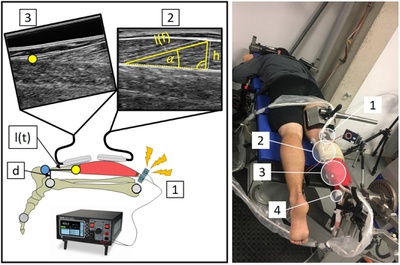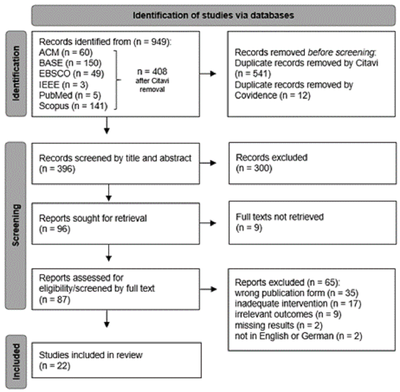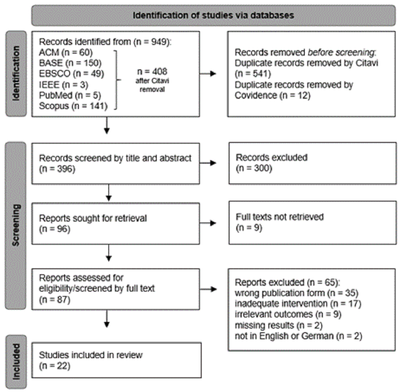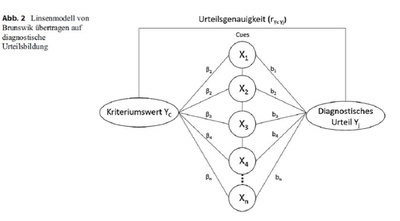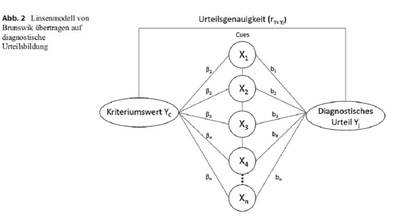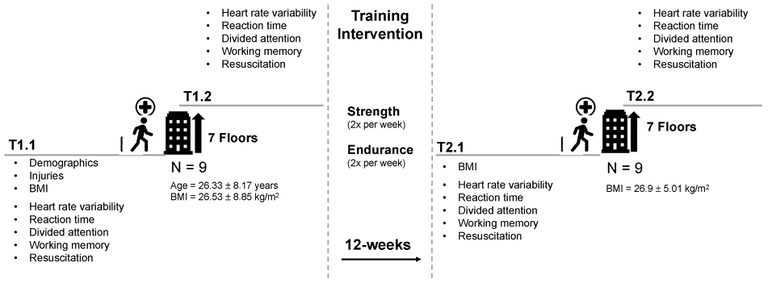
Effects of Concurrent Training on Resuscitation and Cognitive Performance in Paramedics—A Pilot Study
28 August 2024
Abstract
Paramedics work under physically and cognitively demanding conditions to provide emergency care. As physical fitness could positively impact the quality of patient care, we investigated within a pilot study whether concurrent training (CT) affects work-related performance parameters in paramedics. At baseline (T1), 16 paramedics performed cardiopulmonary resuscitation whereby resuscitation performance (RP; total resuscitation quality, compressions with correct frequency, and correct ventilation), cognitive performance (CP; reaction time, divided attention, and working memory), and heart rate variability (HRV) were assessed (pre-exertion). Then, participants climbed seven floors carrying 20 kg of gear before completing the same assessments again (post-exertion). The baseline testing was followed by a CT intervention (12 weeks, three sessions/week). After the intervention (T2), the two-stage testing was repeated. We analyzed whether the pre-exertion and post-exertion values, as well as the difference between the pre-exertion and post-exertion values, changed from T1 to T2. Nine paramedics (male: N = 7; age = 26.3 (SD = 8.17) years) took part in the study. The comparison of the pre-exertion values showed significantly better reaction times (p = 0.001) and divided attention (p = 0.02) and a trend toward greater working memory and RP parameters at T2. Regarding the post-exertion values, significant improvements in working memory (p = 0.03) and a trend toward improved reaction time, divided attention, and RP occurred at T2. The difference between the pre- and post-exertion values did not change for any parameter from T1 to T2. HRV decreased significantly from pre- to post-exertion (T1: p = 0.01, T2: p = 0.01). These results indicate that CT is a promising training concept to improve RP and CP in paramedics and should therefore be investigated further to increase patient care quality.
https://doi.org/10.3390/healthcare12161599
